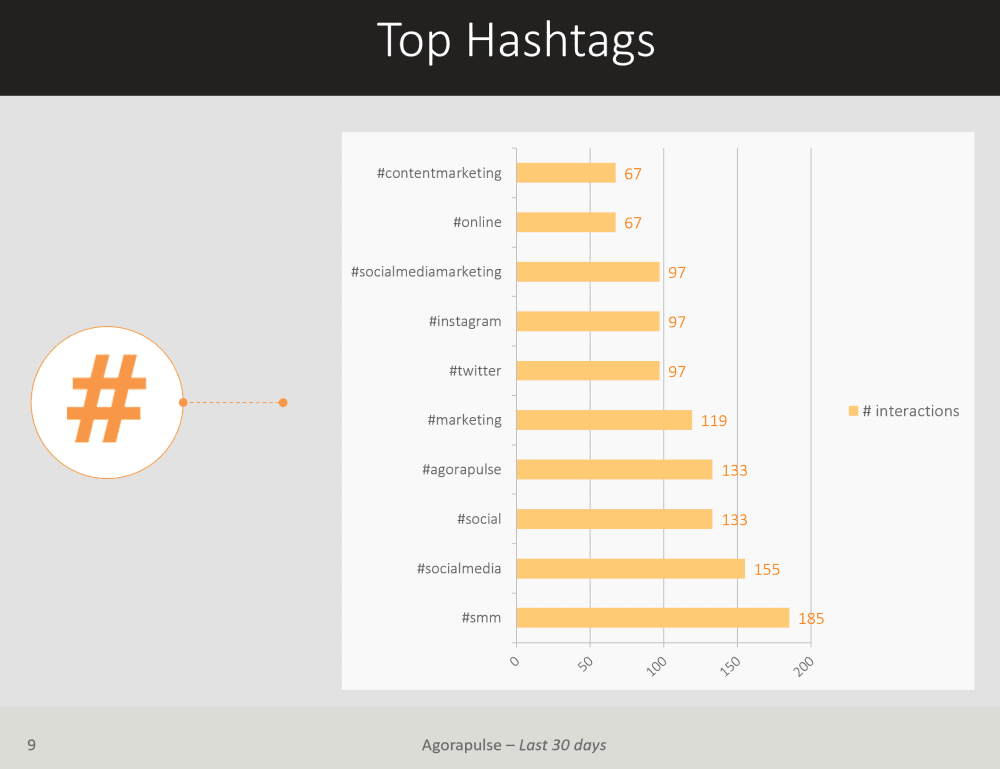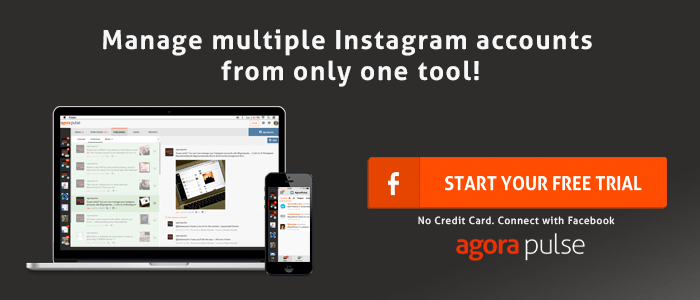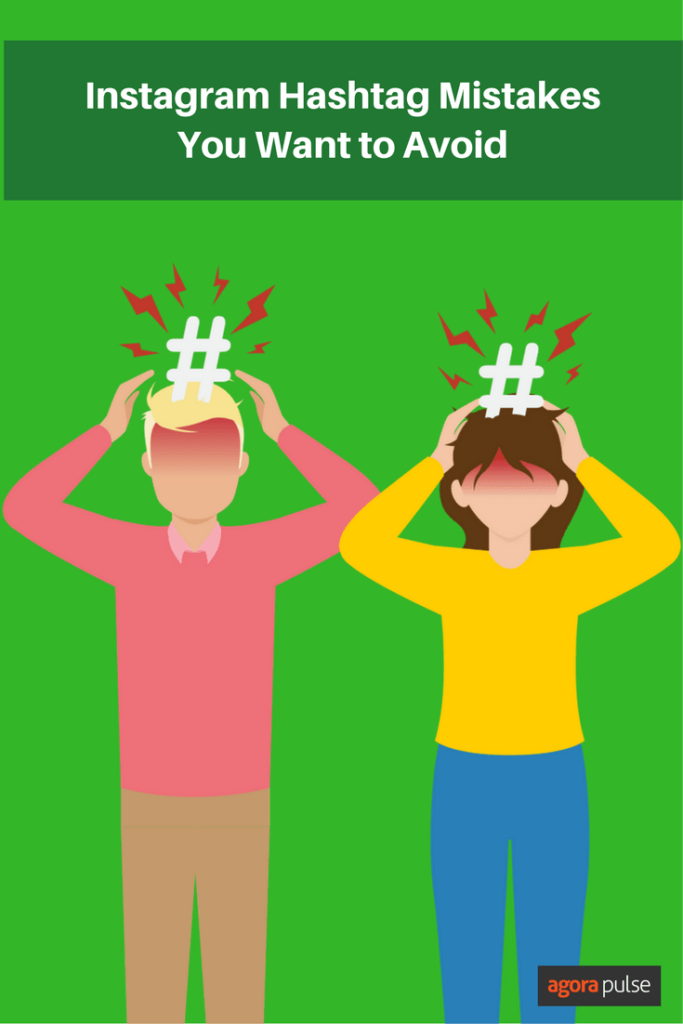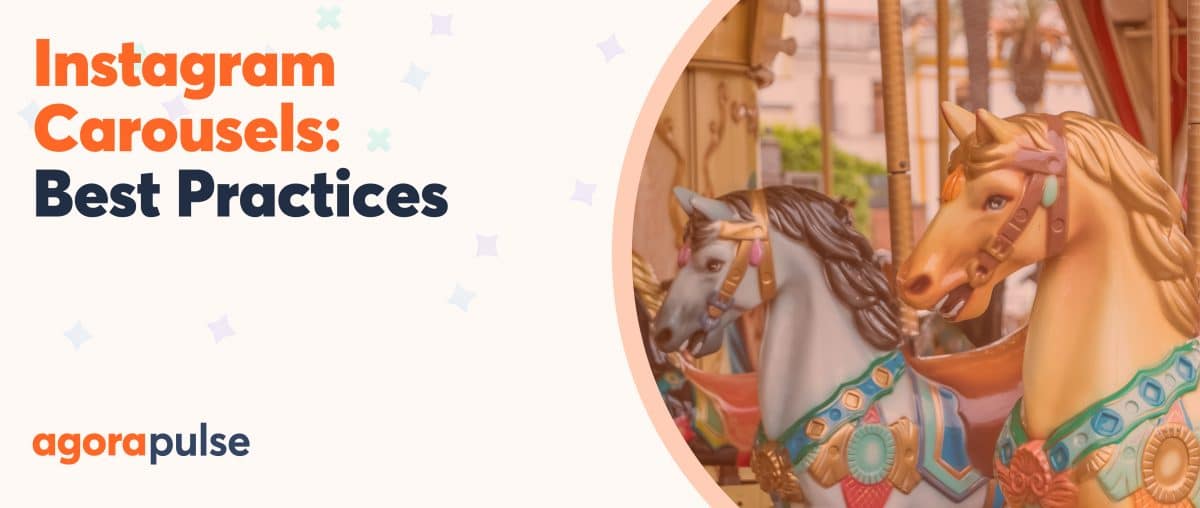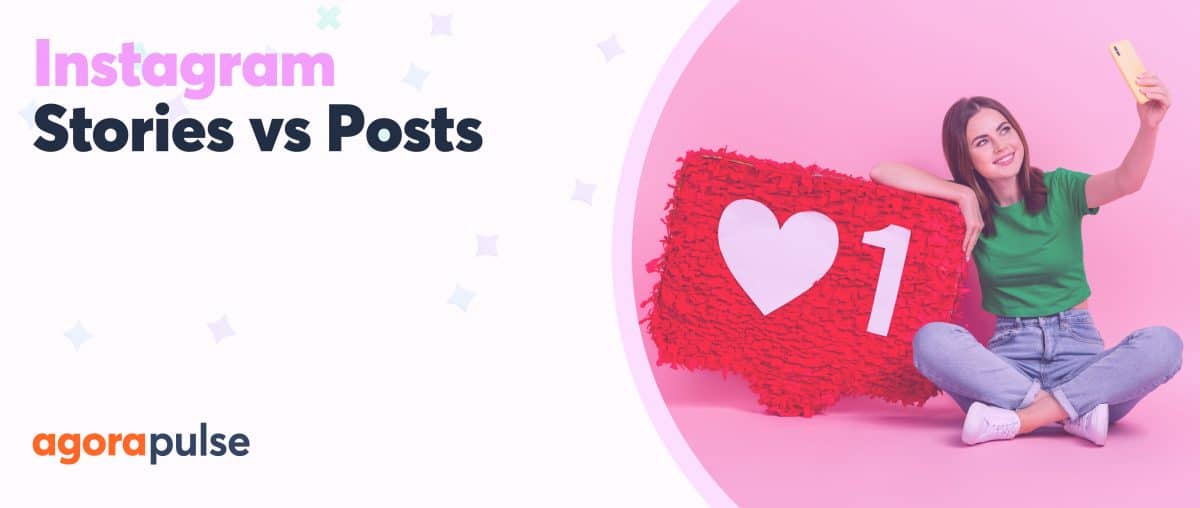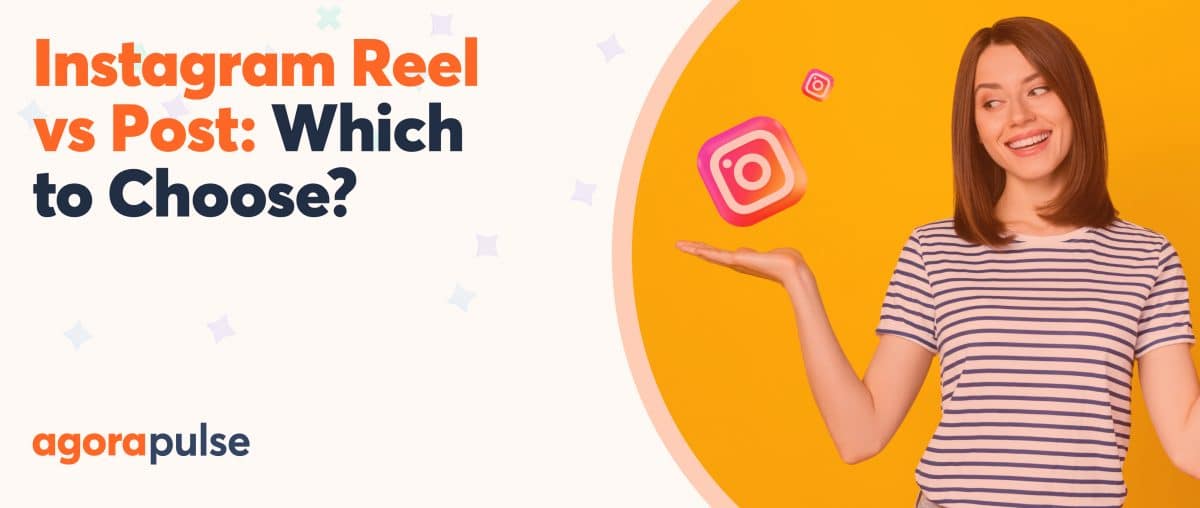Hashtags are an essential part of marketing on Instagram, so you want to make sure that this is something you get right.
Hashtags must be carefully thought out, well researched, and exceptionally engaging if your followers are going to use them.
Unfortunately, most businesses make the same five hashtag mistakes on Instagram.
In this post, we’re going to look at each of the common Instagram hashtag mistakes and how to avoid them.
1. Ignoring a Local or Community Hashtag
Local businesses who have brick-and-mortar locations (and even those who don’t) who neglect to attach their general location in a hashtag every so often are missing out on a big opportunity.
Since many users like to see what their community is up to, attaching a #Seattle or a #WeLoveNY to your post can connect you with new local traffic.
With Instagram’s new business update, users can now get directions to your business right from your profile’s home page, so this isn’t an opportunity you want to waste.
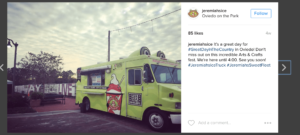
Not using hashtags to build community relations and increase local traffic is a wasted opportunity.
Showing support to your local community often looks good for businesses, and it can ramp up a ton of engagement.
Highlight this with hashtags relevant to your city’s local audience, including adding in a shout out to other local events you support or attend (like high school plays, community art festivals, or farmer’s markets), and you could see a big boost in local traffic and engagement.
Related Post: How to Schedule Instagram Posts
2. Forgetting about Good Captions (beyond the hashtag)
Having hashtags that just aren’t creative enough is a common misstep that often happens when brands are creating their unique tags for their business. A number of businesses slap a #[insert brand name here] onto their posts and hope it’s enough to get people talking and the user generated content (UGC) rolling in. It almost never is.
Your brand’s name alone is typically not enough to create a strong, branded hashtag that will generate a lot of engagement. Ideally, it should be interesting and encourage action that will make users want to participate.
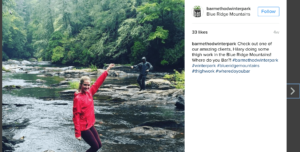
The Bar Method’s #wheredoyoubar encourages followers to create and submit UGC; it’s fun, engaging, and prompts them to be creative, too.
If you’re stumped about what phrases to add in, hashtag research tools like Hashtagify and Keyhole can give you some ideas. You can also consider popular SEO keywords you use on your site and see if you can incorporate them into your hashtags in an organic way.
3. Refusing to Do Research
Coming up with a long list of hashtags to use can be a little exhausting, but trust me—not properly researching them is a big mistake.
If you don’t do your research, you’ll be using inactive hashtags at best. These won’t get you any traction or any new reach. There’s no benefit to using them, and you’d be better off choosing another one instead.
The worst case scenario is a little more intimidating. The English language is particularly complex, and hashtags can have overlapping meanings. A great example is the phrase “big brother.”
What would you mean with #bigbrother:
- an older male sibling
- a reality TV show or
- a surveillance-friendly Orwellian government?
You want to appeal to the right audience, and you also want to avoid using hashtags with any offensive, scandalous, or controversial associations. Checking for double meanings in your hashtag—even ones you’ve created— is important.
Before you use a hashtag, search for it in Instagram’s feed and see what posts pop up and how the hashtag is being used. If it’s not active or relevant, skip it and move on to the next. Research can also clue you in to popular hashtags to gain new followers, for example, or spark new ideas.
4. Skimping on Hashtags
If you had to guess, how many hashtags do you think is the right number for an Instagram post? One? Two? Fourteen?
According to research, posts will eleven hashtags or more can get higher engagement.

Since there’s a direct correlation between the number of hashtags and engagement, you don’t want to rely on just one or two.
Several studies have actually shown a direct correlation between the number of hashtags and the amount of engagement. Agorapulse’s own study found this correlation to be distinct. Another study found that brand images with 11 or more hashtags get nearly 80% interaction, while posts with two receive 41% engagement.
While you want to use enough hashtags, you don’t need to use all 30 available, and you probably shouldn’t. You also don’t want your entire caption to be made up of a ton of hashtags; this can become too overwhelming for users to read. There is almost certainly a point of diminishing return.
5. Constantly Using the Same Hashtags
This is easily the most common Instgram hashtag mistake I see: tons of brands use the exact same hashtags time and time again.
This can hinder your results for several reasons. The first is by limiting your reach. Since hashtags are searchable and help potential followers find content that’s relevant to them, using the same ones over and over won’t introduce you to any new users. By changing it up and using multiple popular hashtags, you could reach a larger audience.
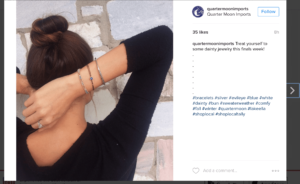
Mixing up your hashtags expands your reach and connects you to more users.
Using the same hashtags over and over again can also fall a little flat with your audience. Hashtags should be engaging, interesting, and relevant. Users will stop reading them if you use the same three again and again.
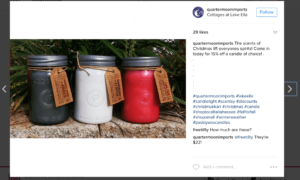
Tallahassee boutique Quarter Moon Imports uses diverse hashtags on each of their posts.
Your business’s unique, branded hashtag(s) is the exception. This should be attached to as many posts as possible, especially if you’re running a hashtag campaign. Users should know that those phrases are tied to your brand.
You can monitor the success of your Instagram hashtags on Agorapulse by using the tool’s Web and PowerPoint reports.
With reports like this, you can find out which hashtags were successful and which were, well, mistakes.
Final Thoughts
Instagram hashtags are a staple part of the platform; they’re an essential part of connecting with your target audience and generating conversation that includes your brand. Avoid these five Instagram hashtag mistakes and you’ll see significantly better results with your campaigns.
What do you think? What are some of your favorite Instagram hashtag best practices? Which mistakes do you see happening? Leave us a comment and let us know what you think!


